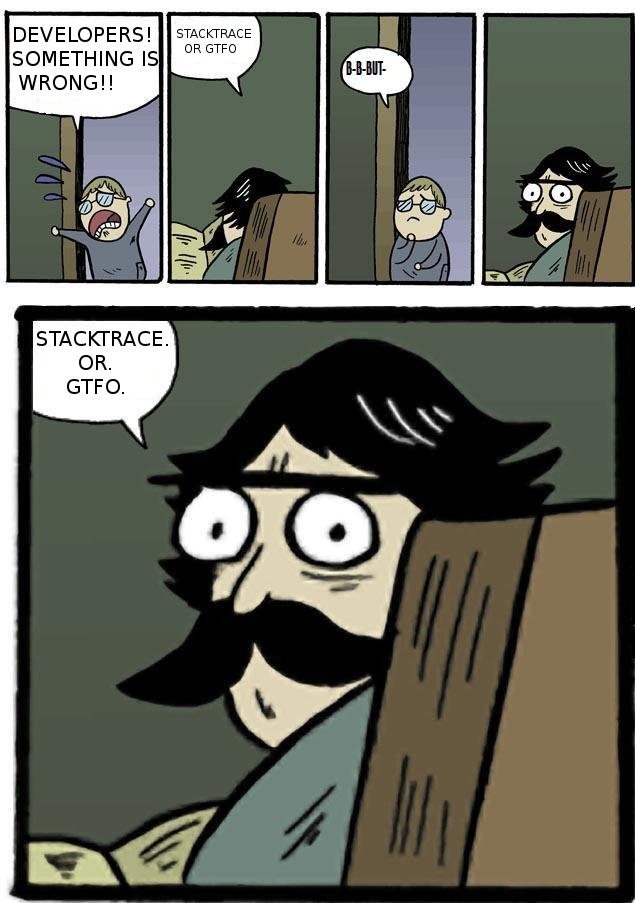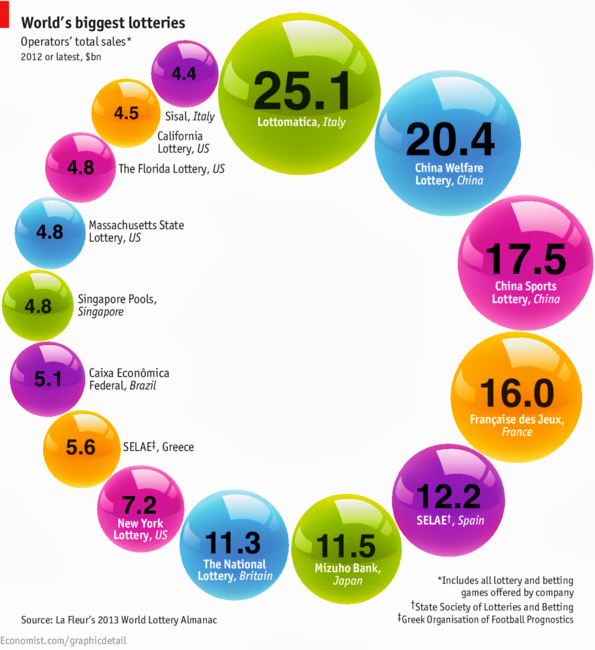“You Know Because I Know”: a Multidimensional Network Approach to Human Resources Problem by Michele Coscia, Giulio Rossetti, Diego Pennacchioli, Damiano Ceccarelli, Fosca Giannotti.
Abstract:
Finding talents, often among the people already hired, is an endemic challenge for organizations. The social networking revolution, with online tools like Linkedin, made possible to make explicit and accessible what we perceived, but not used, for thousands of years: the exact position and ranking of a person in a network of professional and personal connections. To search and mine where and how an employee is positioned on a global skill network will enable organizations to find unpredictable sources of knowledge, innovation and know-how. This data richness and hidden knowledge demands for a multidimensional and multiskill approach to the network ranking problem. Multidimensional networks are networks with multiple kinds of relations. To the best of our knowledge, no network-based ranking algorithm is able to handle multidimensional networks and multiple rankings over multiple attributes at the same time. In this paper we propose such an algorithm, whose aim is to address the node multi-ranking problem in multidimensional networks. We test our algorithm over several real world networks, extracted from DBLP and the Enron email corpus, and we show its usefulness in providing less trivial and more flexible rankings than the current state of the art algorithms.
Although framed in a human resources context, it isn’t much of a jump to see this work as applicable to other multidimensional networks.
Including multidimensional networks of properties that define subject identities.

